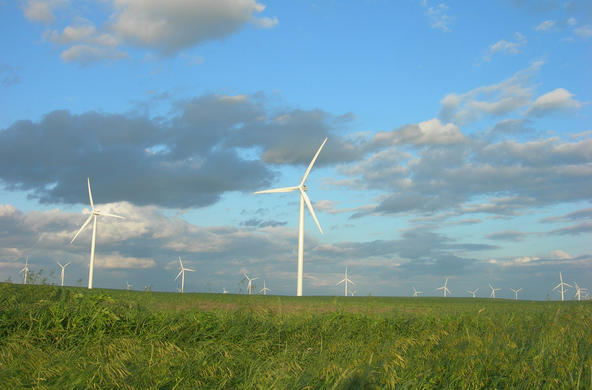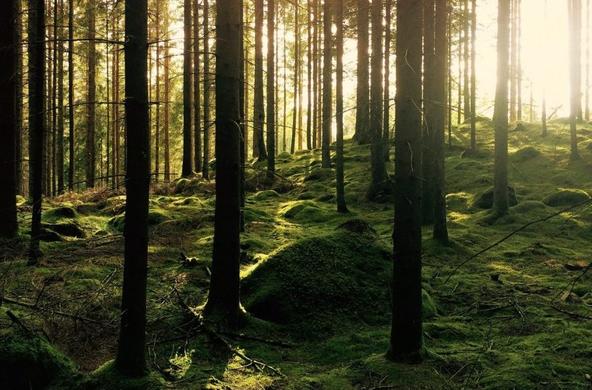In calculating the forestland eligible for harvesting, Canham highlights additional problems that have not been factored into many proposals. While only about 5% of regional forestland is legally off limits from harvest, the percentage of ineligible lands may be as high as 30% when physical, legal, economic, and social factors that limit logging are considered.
Two complicating factors in the northeastern U.S. are parcel size and landowner values. Logging operations generally need to harvest at least 20 acres to be cost-efficient, yet many privately-owned parcels are less than 20 acres. And understandably, private landowners often prefer to maintain their woodlands for scenery, hunting, or interests other than biomass harvests.
One of the study’s most surprising findings involves the failure to recognize competing claims on forestland. Canham shows that when identifying trees to fuel bioenergy facilities, most states’ proposals included accessing resources in neighboring states. For instance, a Vermont study counts on trees from Massachusetts, New Hampshire, and New York, yet a Massachusetts proposal claims those same resources. Furthermore, Canham finds, these estimates do not adequately acknowledge the logging that currently exists to supply other industries such as lumber and paper.
At present, less than 6% of the energy supplied in the northeastern U.S. comes from woody biomass. Canham estimates that if all forest resources were dedicated solely to bioenergy, as much as 15% of the region’s energy requirements could be met. Meeting the goals for sustaining those levels, however, could put unprecedented demand on northeastern forests.
Canham concludes, "Our forests provide a wide range of ecological, economic, and aesthetic benefits. They can also play a role in providing a sustainable energy supply. We just need to be realistic about what that role can and should be, so that we don’t end up with legislation and regulations that do more harm than good."





